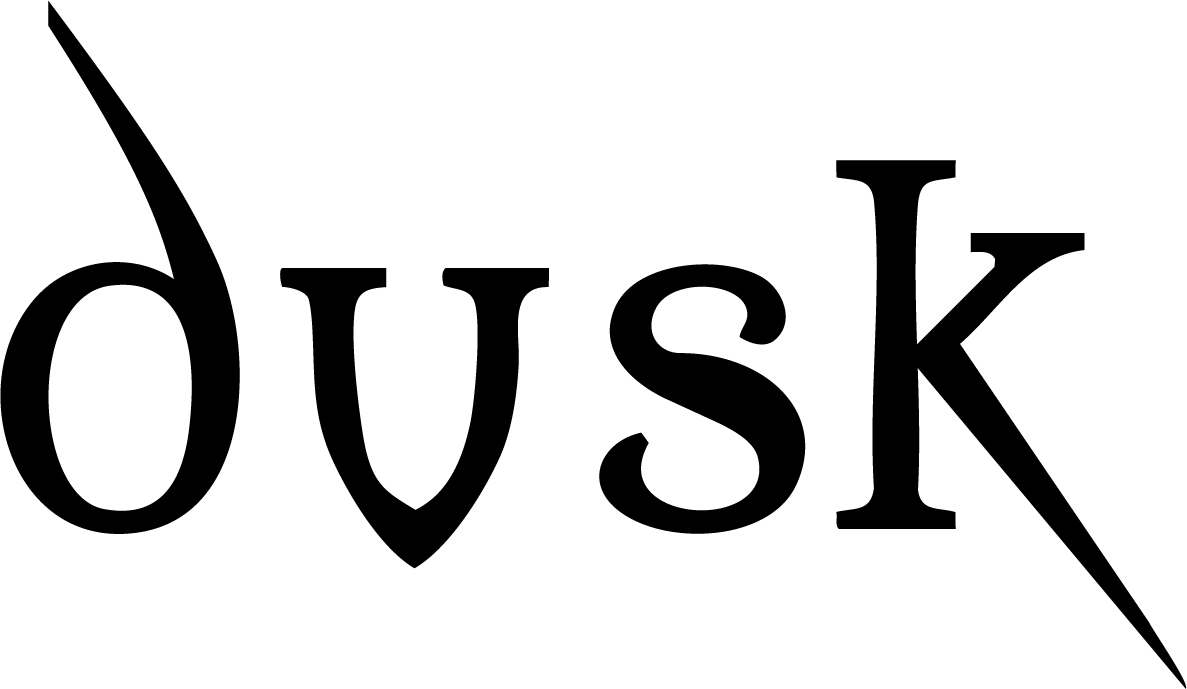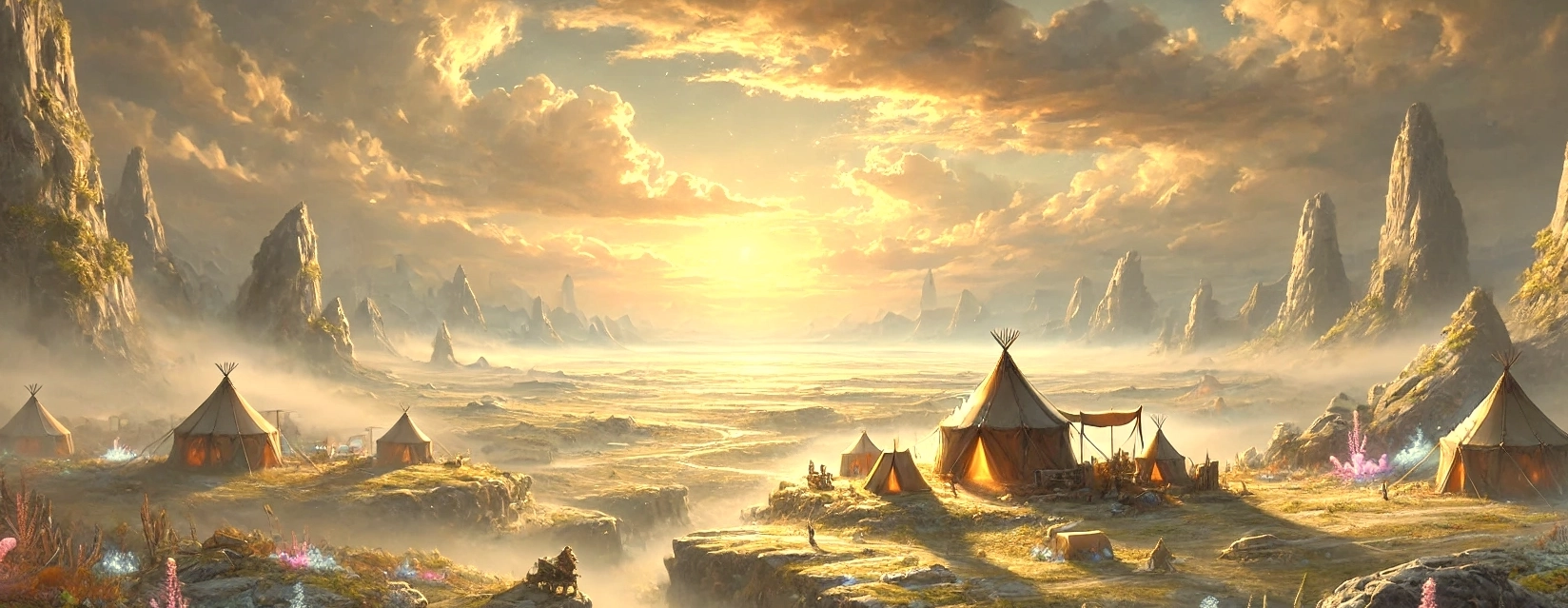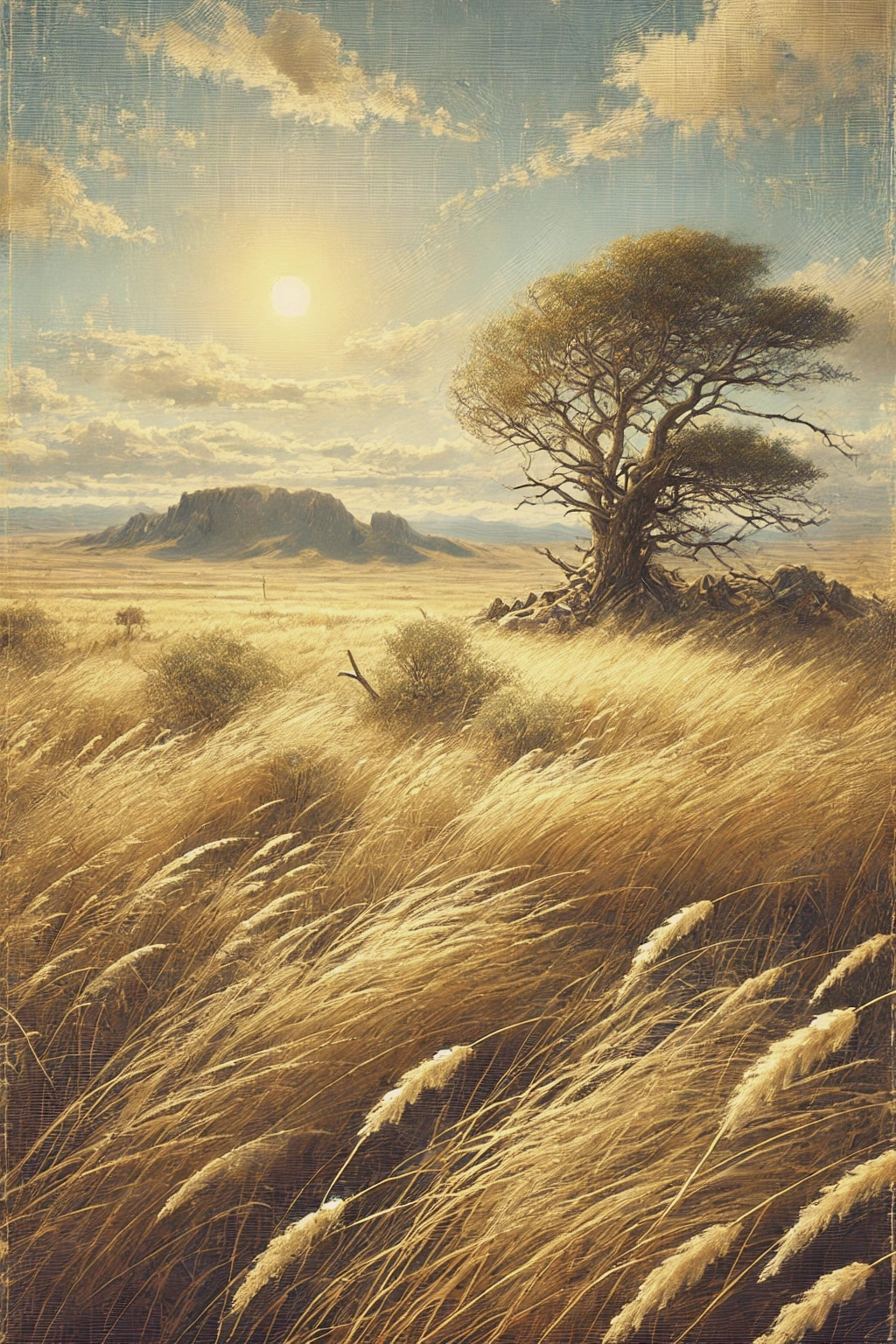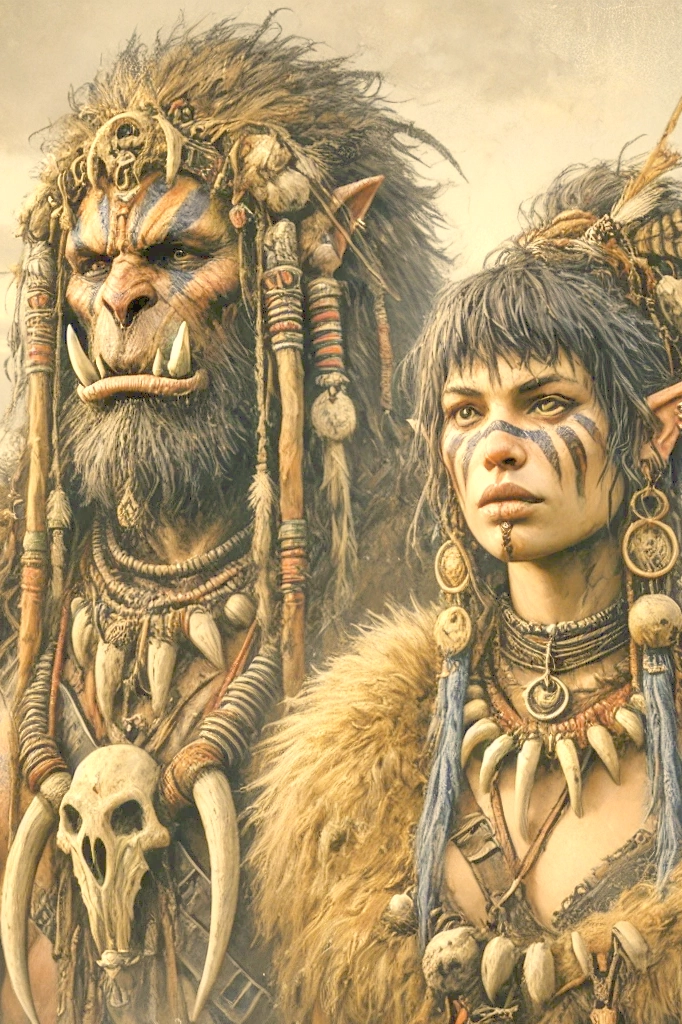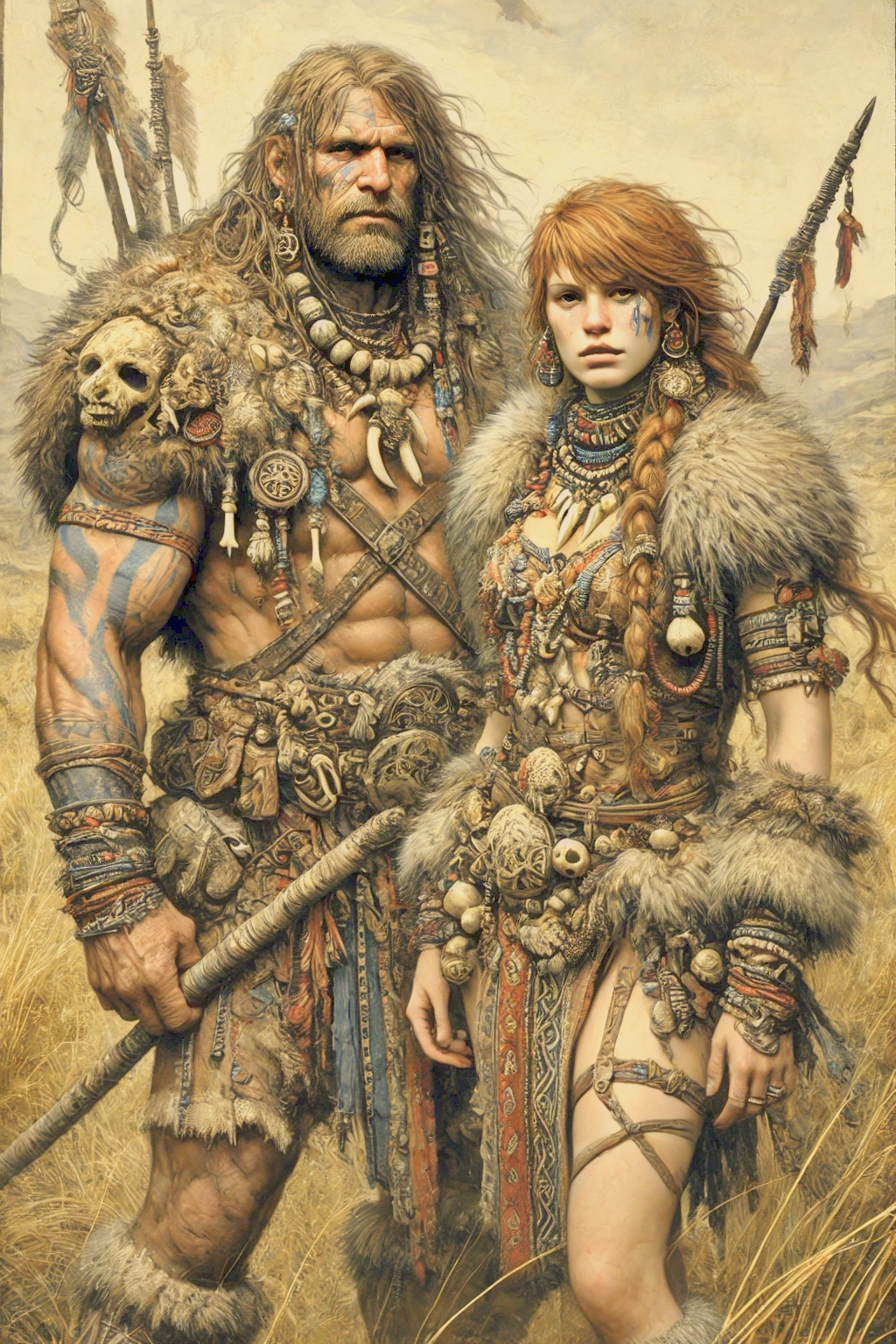Nomadic Tribes
Everlands
Vast, untamed expanse of rolling plains and nomadic tribes, where life is governed by the rhythms of nature and the ancient traditions of its fierce, roaming inhabitants.
Spotlight: The Great Nomadic Plain
The Flat
The Great Nomadic Plain of the Everlands stretches endlessly under a vast, open sky, a rolling sea of golden grasses that sway in the relentless wind. This expansive landscape is punctuated only by the occasional rugged hill or a solitary, ancient tree that serves as a landmark for the wandering tribes. The plain is a land of extreme elements, where the sun blazes fiercely during the day, and temperatures plummet under the clear, star-filled skies at night.
Life on the Great Nomadic Plain is in constant motion, with tribes of orcs, goliaths, and barbarians moving their camps to follow the migratory paths of the wild beasts they hunt and the seasonal water sources that spring to life and then disappear. The ground is crisscrossed with the trails of countless generations, both human and animal, creating a living map of survival and migration. Here, the horizon is a challenge, an invitation to roam freely, guided by the ancient rhythms of nature and the deep-rooted instincts of its people. The plain does not welcome the sedentary or the unprepared—it is a place for those with the spirit of wanderers, ever pushing forward, ever seeking the vast promise held within the untamed and boundless wilds.
Geographical Features
Region Overview
The Everlands stretch vast and wild, characterized by sprawling plains and rugged landscapes that challenge the hardiest of souls. This region is devoid of central government, instead governed by the laws of nature and the strength of its inhabitants. Home to nomadic tribes such as orcs, goliaths, and barbarians, the Everlands are defined by a lifestyle that is mobile and adaptive, with communities that move with the seasons and the availability of resources. Life here is dictated by the elements and the constant need for survival, which forges its people into resilient and formidable warriors.
Types of People
Tribal Chieftains: Leaders who command respect and authority within their tribes, often proven warriors or wise elders.
Nomadic Herders: Individuals who tend to the herds of livestock that are essential for the tribe’s survival, moving with the animals across the plains.
Hunters and Scouts: Skilled trackers and archers who provide food and protection for their tribes from the wildlife of the plains or from hostile encounters.
Shamans and Healers: Keepers of tribal lore and spiritual traditions, who also have knowledge of medicinal herbs and healing practices.
Warriors: Fierce fighters who defend their tribes and engage in battles over territory or honor, often trained from a young age.
Craftsmen: Artisans who work with leather, bone, and other natural materials to create tools, clothing, and artifacts that are both practical and symbolic.
Storytellers and Bards: Custodians of oral history and entertainers who preserve the legends, histories, and cultural values of their people through stories and songs.
Youth and Trainees: Young members of the tribes who are in the process of learning the skills necessary for survival and cultural continuity from their elders and peers.
Merchants and Traders: Individuals who specialize in trading goods both within and outside of their tribes, essential for acquiring resources not available in their native lands.
Elders: Respected older members who provide counsel and serve as mediators in disputes, drawing on their wisdom and experience.
Traditional Dress
Cultural Attire
The cultural attire in the Everlands is designed for mobility and protection against the elements. It typically consists of durable leathers and furs, often adorned with tribal symbols and colors that signify one’s tribal affiliation. Jewelry and ornaments made from bones, feathers, and stones are common, serving as both decoration and talismans believed to offer protection or strength.
People's Attitude
Resilient, proud, independent, nomadic
Regional Tensions
Tensions in the Everlands primarily arise over territorial disputes and resource competition. The expansive nature of the land and the nomadic lifestyle of its inhabitants often lead to conflicts as tribes encroach on each other’s territories in search of grazing lands or water sources. These disputes are usually resolved through tribal meetings or, if necessary, by combat, which is both a practical resolution method and a deeply ingrained aspect of the cultural fabric.
- Unknown
Diplomatic Alliances
Due to its lack of centralized governance, the Everlands sees fluctuating alliances that are often temporary and based on immediate needs such as mutual defense or resource sharing. Alliances within the Everlands are typically tribal and familial, based on bonds of kinship and common history. Occasionally, these tribes form larger coalitions to ward off external threats or to manage scarce resources effectively during harsh seasons.
Power Dynamics
Power in the Everlands is decentralized and heavily influenced by physical prowess and tribal loyalty. Leadership is often earned through displays of strength, wisdom, or survival skills, with chieftains and elders holding sway within their respective tribes. This fluid structure allows for frequent shifts in power, with new leaders emerging based on their ability to respond to the challenges faced by their people.
Cultural Exchange
Cultural exchange in the Everlands occurs mostly during tribal gatherings, where different groups meet to trade goods, stories, and sometimes members in marriage to strengthen alliances. These gatherings are rich with cultural activities including storytelling, ritual dances, and competitive games that showcase physical prowess and cultural heritage. Such exchanges help to maintain a sense of community across the diverse and dispersed populations of the Everlands.
